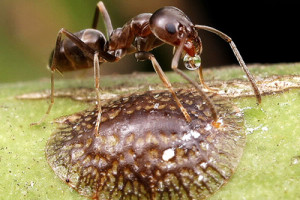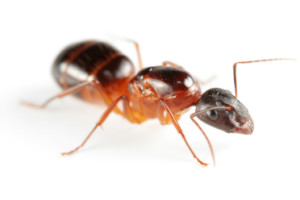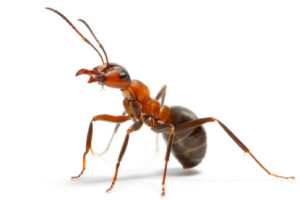
Very small brown ants
ColorBlack, brown, red
Size.12 inches
HabitatWaterways, lowland areas, and indoors
Interesting FactsThe Argentine ant is one of the only species of ants that will not attack different colonies their same species.

Larger with small hairs on the body and curved antennae
ColorDark brown to black
Size1/4 – 1 inches
HabitatMoist, decaying and hollow wood, both inside and outside
Interesting FactsCarpenter ants will forage 100 yards or more in search of food

Body has 3 segments, 3 pairs of legs and antennae
ColorRed to reddish brown
Size1/4 inches
HabitatLarge mounds, usually in wide open areas
Interesting FactsThe fire ant earns its name from its bite, which releases Solenopsin, a venom that produces a feeling like being burned by fire.